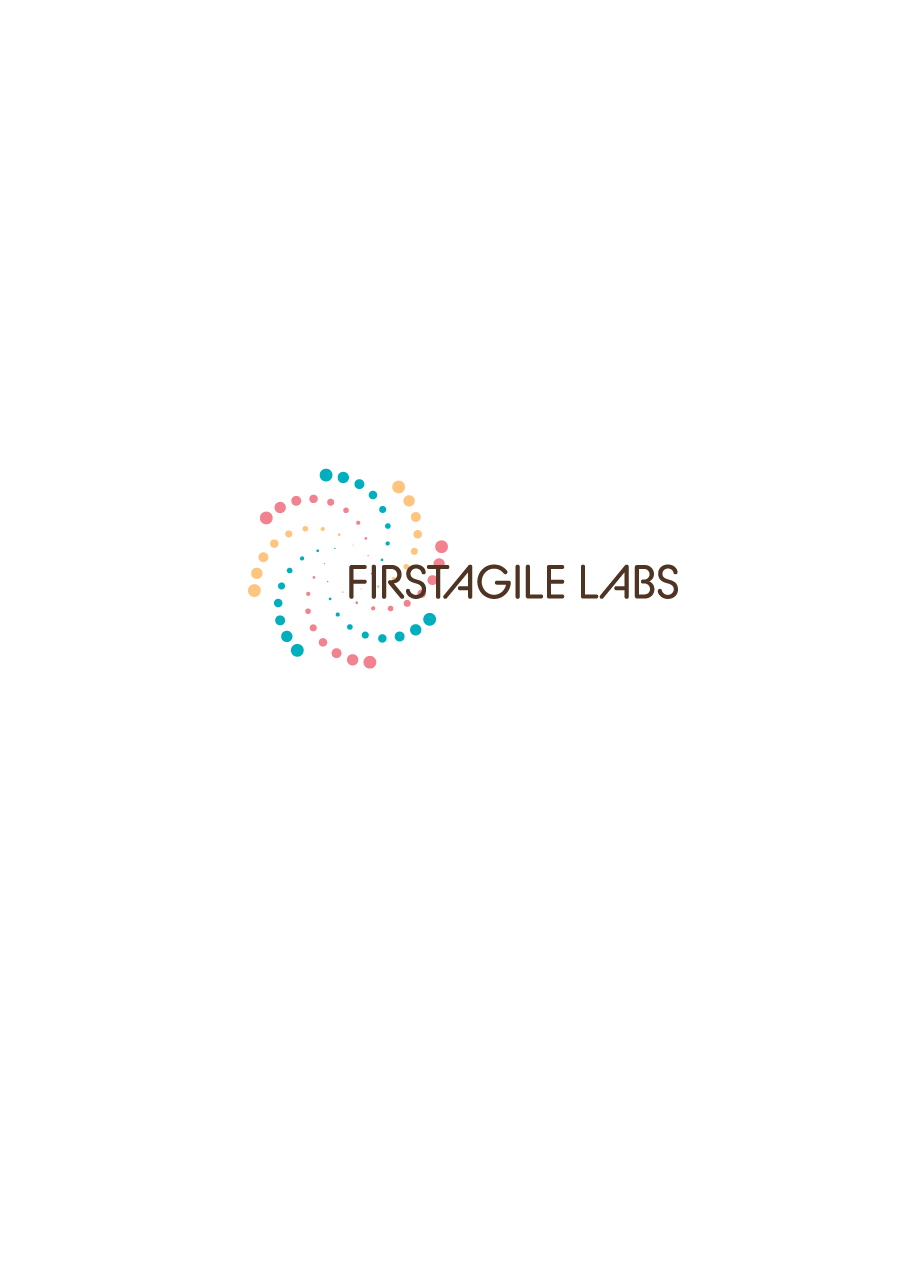Functionality Testing: Confirming the Major Operations of Your Software
Firstagile make sure it checks if all the major functions of a software function as defined by the requirements and if the software provides the anticipated results under various situations. Where Functionality Testing is an elementary software testing procedure that aims to check whether an application’s main functions operate as anticipated.
Effectively, functionality testing guarantees that the software carries out its intended actions consistently across an array of user interactions, ranging from data inputs to feature navigation. It is a vital check on the performance of each discrete component such as buttons, links, and menus in order to confirm smooth operation.

The Importance of Functionality Testing
- Accuracy of Features: Functionality testing confirms that every feature in the application works as expected, as per the project’s functional specifications. This is crucial to provide a product that serves its purpose and meets user expectations.
- Validating User Experience: This testing technique analyzes the way users use the software and verifies that the interactions result in the desired outcomes. It works towards checking aspects such as navigation flows, submission of forms, and interactive features such as buttons.
- Adherence to Business Objectives: Functionality testing is crucial in ensuring that the software adheres to both business requirements and user needs. By guaranteeing features work as described, it aligns the software with the desired function and maintains consistency.
- Early Defect Detection: Performing functionality tests early on in the development cycle ensures defects are detected earlier, when they are less complex. Early correction of bugs saves time later on in the project.
- Reliability Improvement: Verifying that every fundamental function is working as intended helps improve the overall reliability of the software and instills confidence in its usage by developers as well as end users.

Important Advantages of Functionality Testing
Verification of Most Important Features: The most important advantage of functionality testing is the fact that it can verify if the most critical features of the software are operating as anticipated and giving a proper base to the user experience.
Avoidance of Systemic Failures: By pinpointing functional failures at an initial phase, functionality testing prevents systematic failures that can impact the software’s performance or cause user frustration.
Increases User Satisfaction: A functioning application guarantees that users have smooth interaction, which improves satisfaction, engagement, and retention levels.
Conforms to Specifications: Functionality testing ensures that the software conforms to both business and technical specifications, thus minimizing the likelihood of incomplete or misinterpreted features being delivered.
PostLaunch Defect Mitigation: Extensive functionality testing reduces the occurrence of defects at the time of release, safeguarding the product against potentially destroying failures and security risks.
When Should Functionality Testing be Performed?
Functionality testing should be performed at different phases of the software development life cycle, namely:
Requirement Gathering Phase: In order to ensure that the functional requirements are welldefined and properly understood.
Development Phase: To verify individual features as they are developed, so they satisfy design requirements.
PreRelease Phase: Prior to deployment, to ensure all functionalities collaborate well in the endtoend integrated system.
Functionality testing is a critical process for guaranteeing that the core features of a software application work as they should. It gives a vital verification of the conformity of the software to both user requirements and business objectives, and avoids defects that may impede performance or user satisfaction after launch.
By making functionality testing a priority, you can be sure your software is solid, dependable, and ready for the real world!

